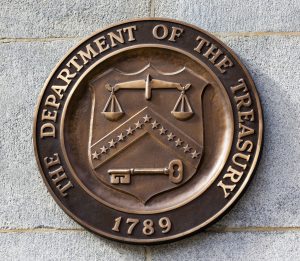Search
Published on:
Treasury Announces Proposed Rule to Update CFIUS Regulations and Bolster Enforcement
On April 11, 2024, the U.S. Department of the Treasury (Treasury), as Chair of the Committee on Foreign Investment in the United States (CFIUS), issued a Notice of Proposed Rulemaking (NPRM), which is the first substantive update to the mitigation and enforcement provisions of the CFIUS regulations since the Foreign Investment Risk Review Modernization Act of 2018 (FIRRMA).
 Global Trade & Sanctions Law
Global Trade & Sanctions Law


